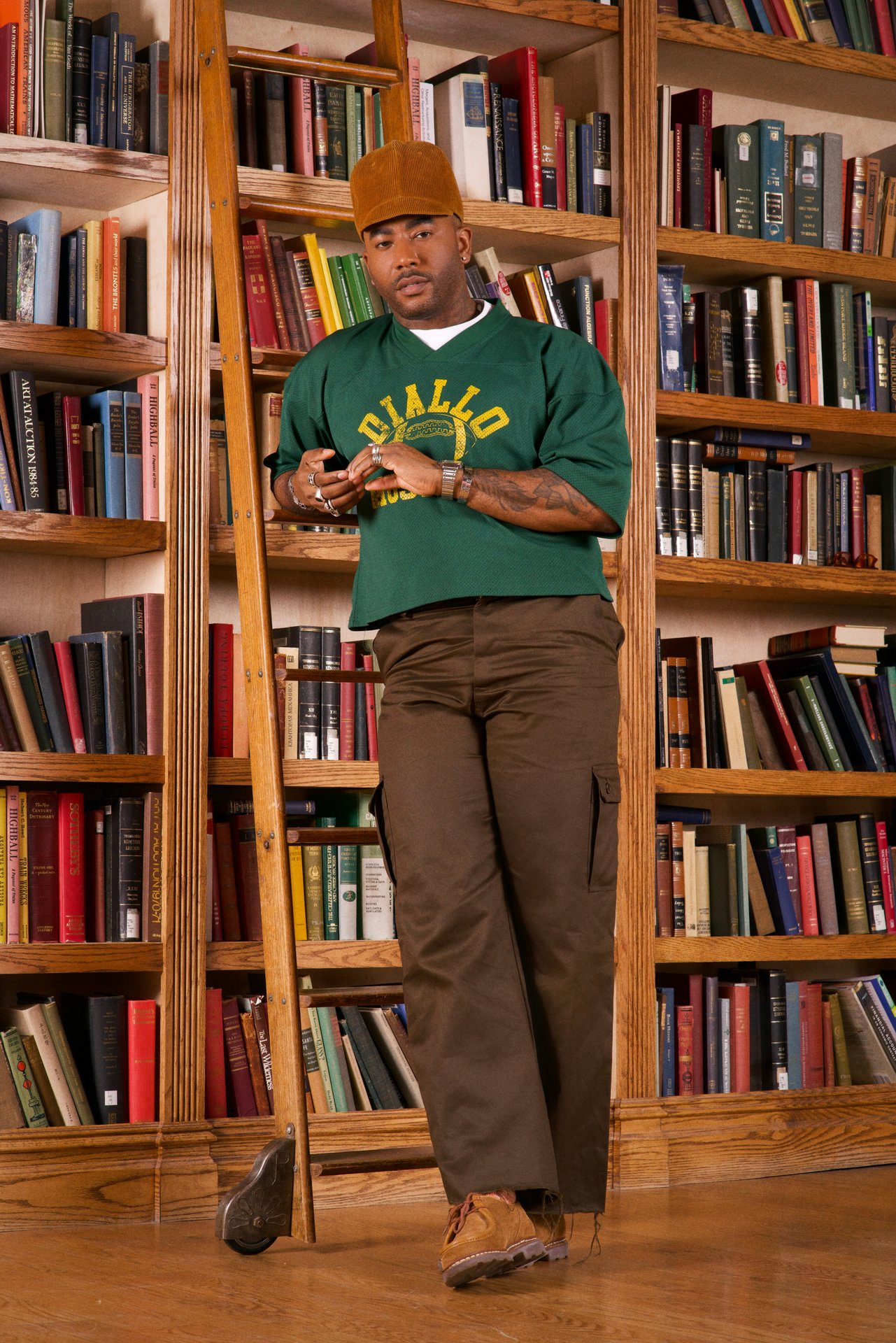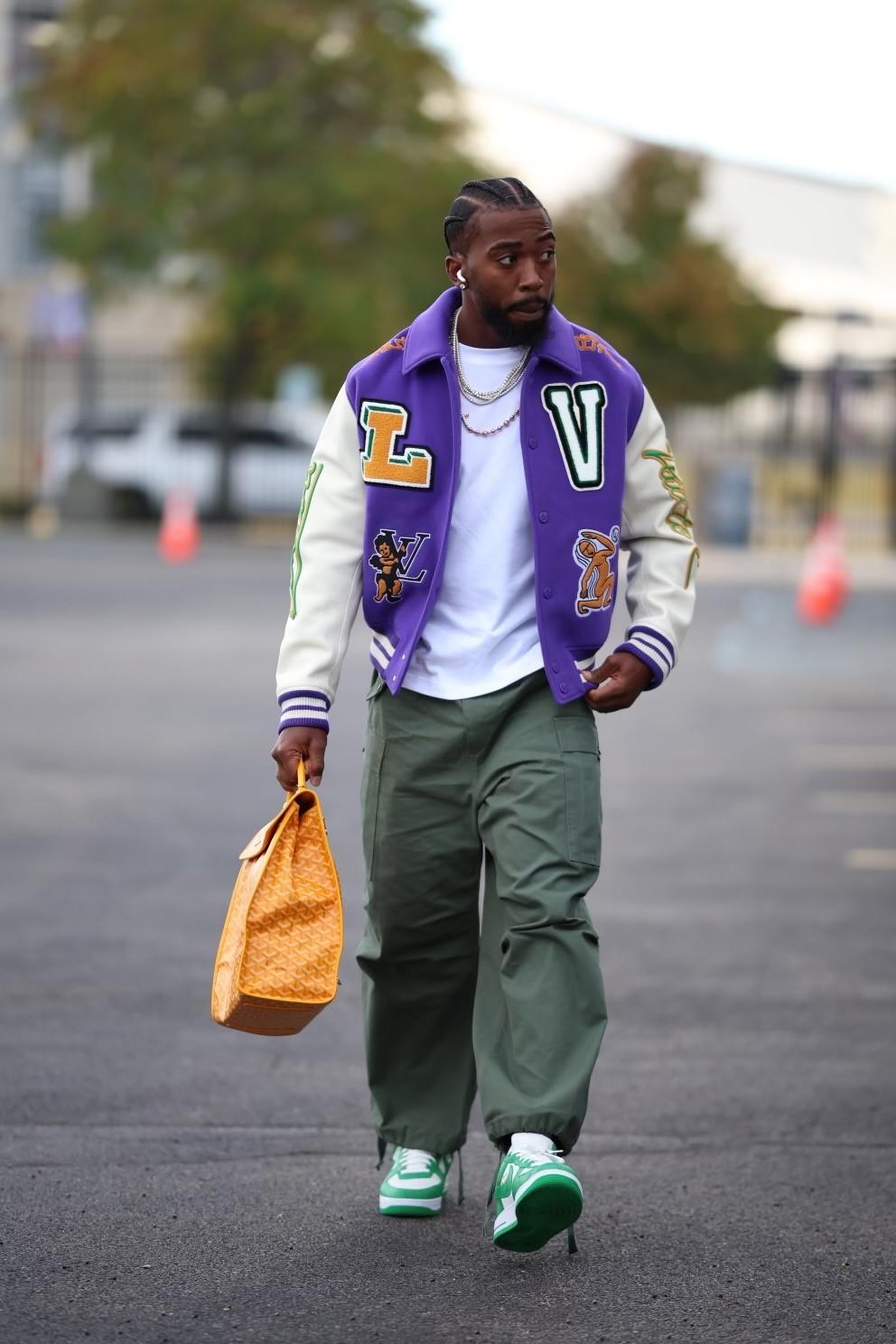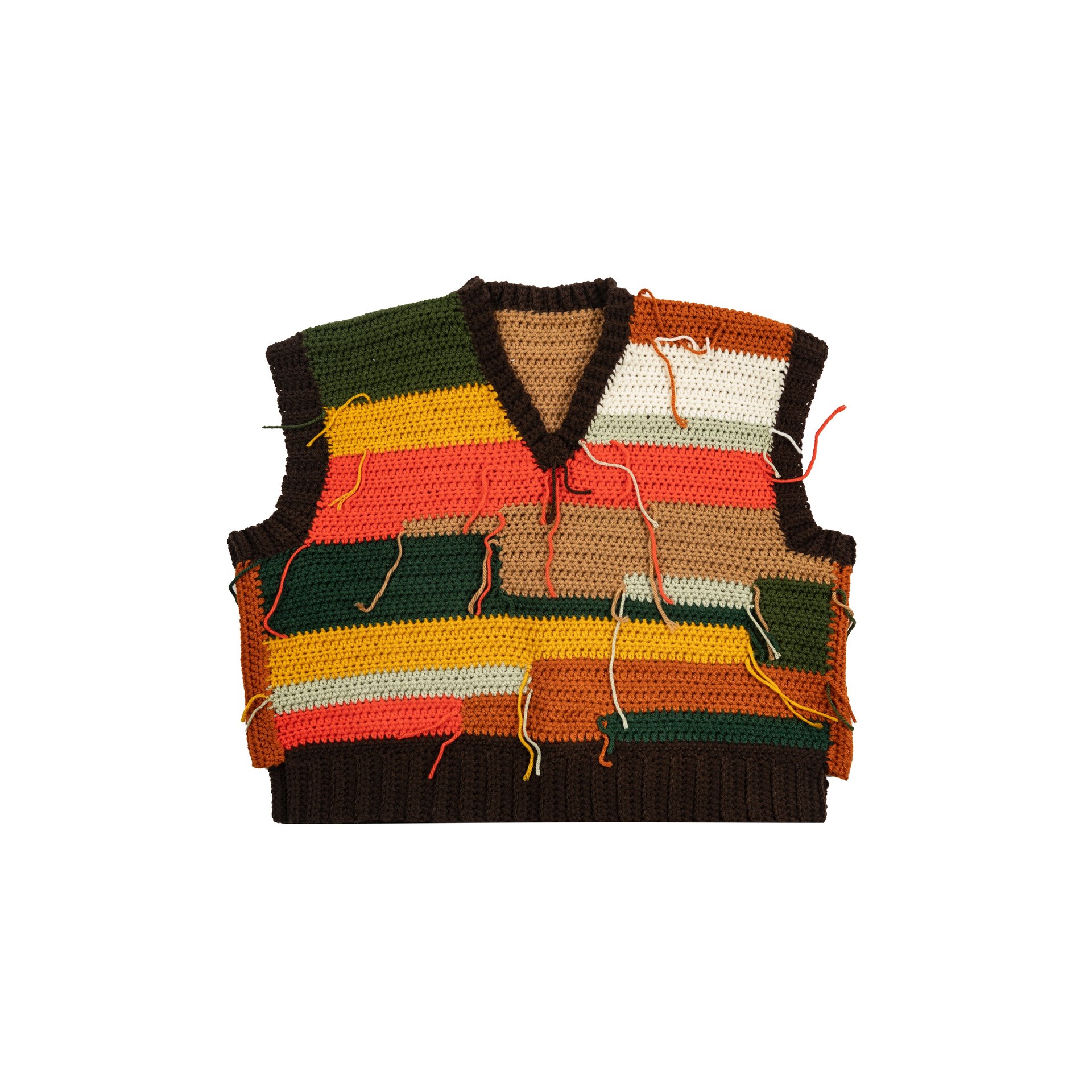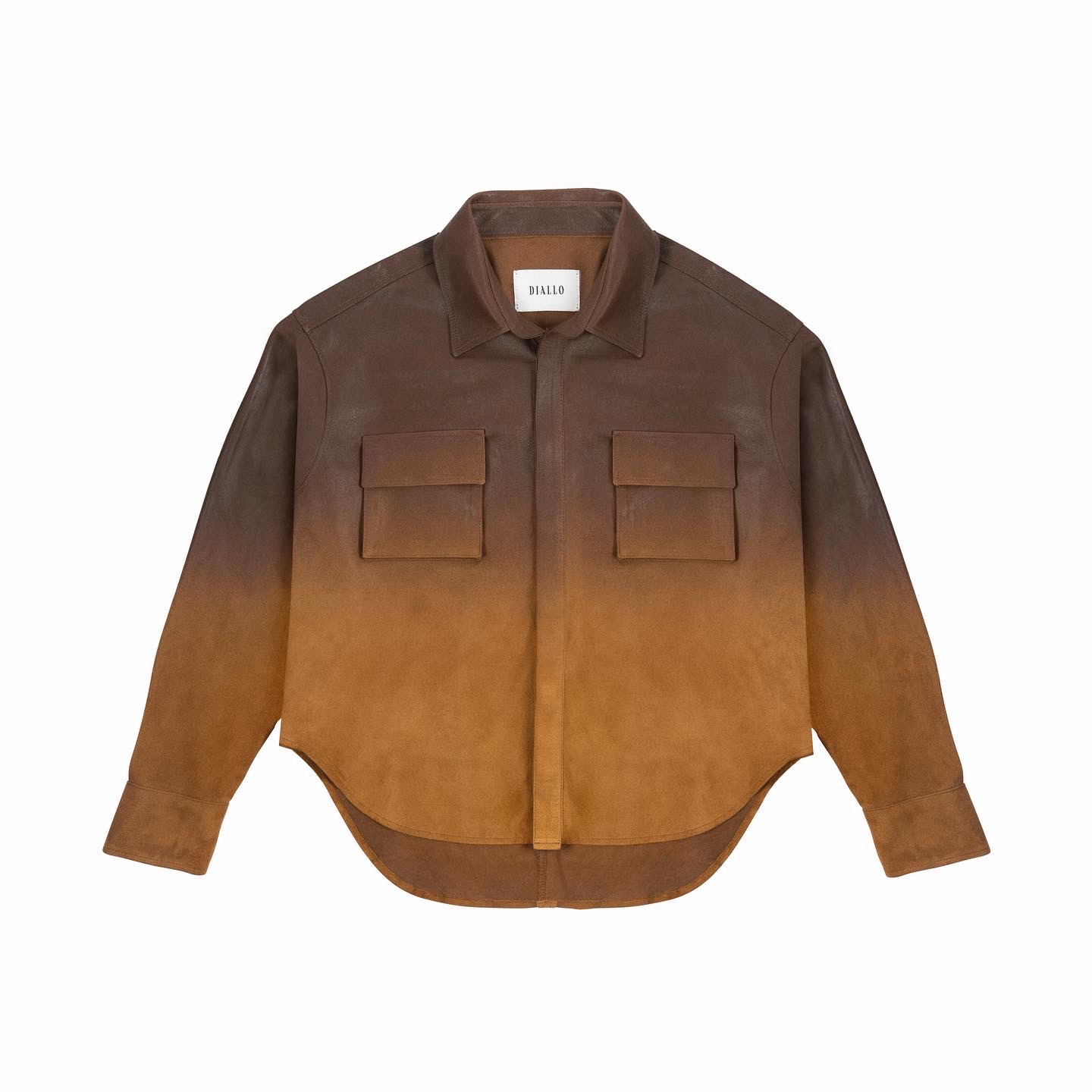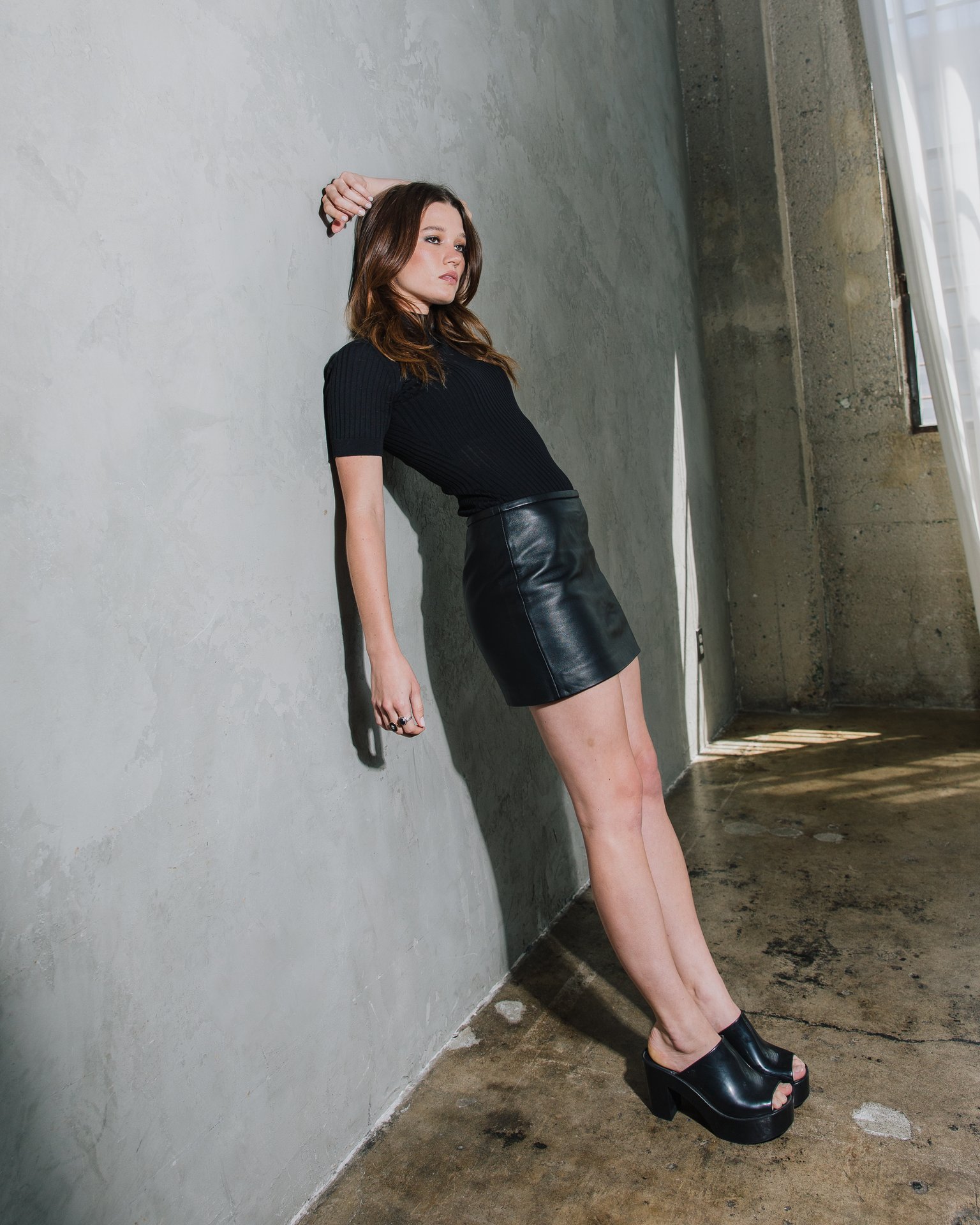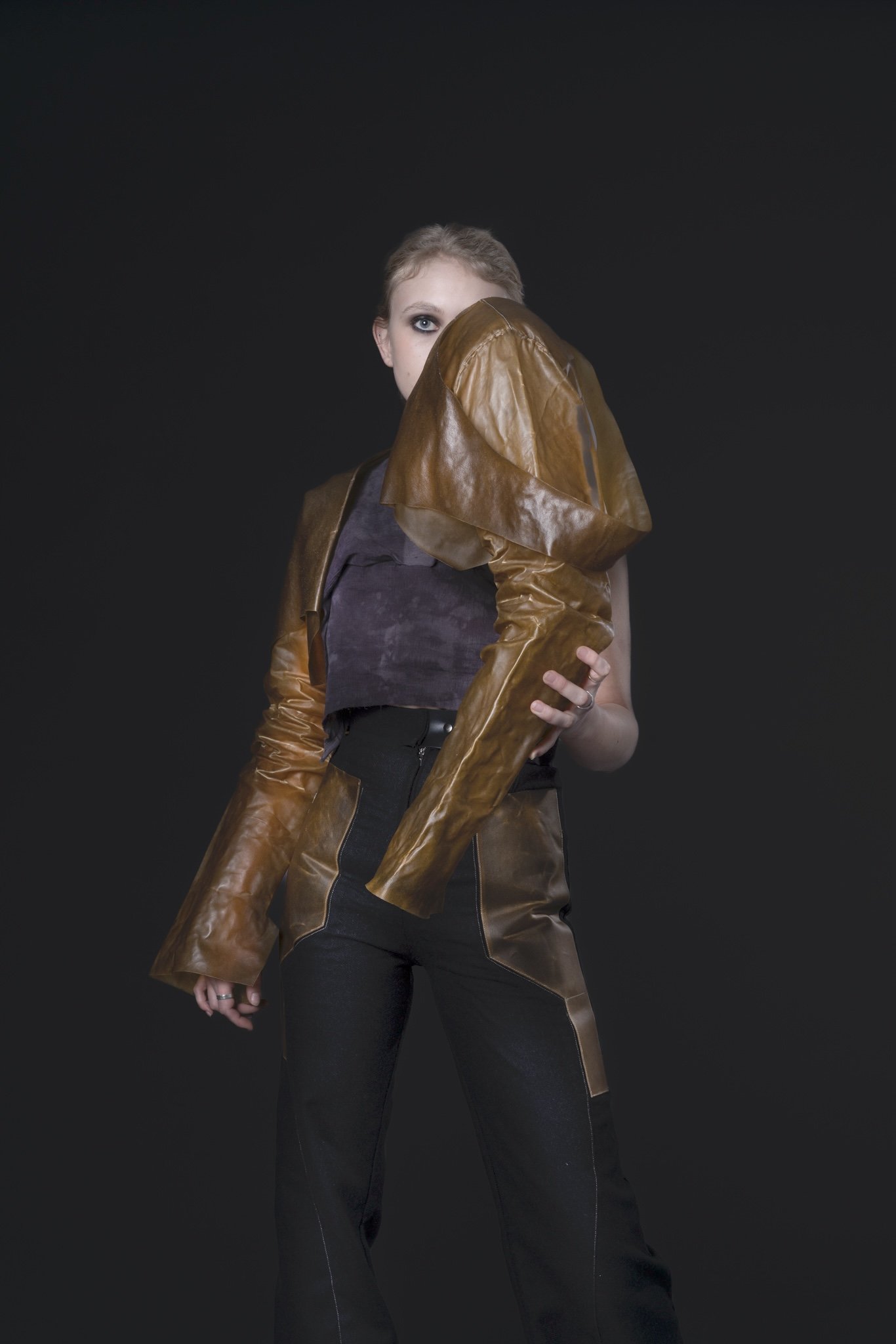From a young age, DexRob was anything but conventional. His childhood was marked by an absence of traditional career aspirations—he was a free spirit and a true creative, his mother attested. While other kids gravitated towards sneakers and sports, the kid born outside of Philadelphia and raised in Virginia would find himself drawn to shiny patent leather shoes instead. His heart longed for the refinement of dress clothes.
Dex ventured into sports, running track, and playing football in his formative years. Yet, what most people might not know is that he possessed a hidden talent as a natural comedian. His high school days saw him crowned class clown, occasionally earning suspensions for his disruptive humor. Inspired by comedy legends like Richard Pryor, Martin Lawrence, Will Smith, Eddie Murphy, and Mike Epps, Dex once entertained dreams of a comedy career.
Though initially hesitant about college, he ultimately chose Virginia Union University, a private HBCU in Richmond, where he would earn his bachelor’s in mass communications. Today, like most HBCU students, he reflects on his time at VUU as transformative.
His journey into the world of clothes began after college when he ventured to New York City for an internship at The Britto Agency under the guidance of founder Marvet Britto, known for her work with luminaries like Stefon Marbury, Mariah Carey, and CNN.
Dex has transformed to a seasoned stylist and creative visionary who’s carved out a niche career as one of the select few stylists for male athletes who’s worked with Jalen Hurts, Deandre Hopkins, Sterling Shepard, Rajon Rondo, and Tim Hardaway. Furthermore, he and New York Giants Quarterback Tyrod Taylor just launched their brand Diallo.
How did you venture into styling athletes? It’s quite different from the more traditional work with celebrities or in editorial fashion.
My first brush with the styling world was in the retail sector, where I specialized in visual merchandising, mainly in styling mannequins and windows at G-Star and Reiss. Formally, I started my styling career in-house at Andrew Buckler, a company that later ceased operations when its owner Andrew moved on to become the global creative vice president of design at Converse. This period provided me with the freedom to assist others, thanks to a severance package and unemployment benefits.
One of the notable stylists I connected with was Lisa Smith-Craig, known for her editorial work in the music industry. Lisa had styled icons like Tupac and created CD covers when physical albums were still prevalent. Our paths crossed at one of my previous jobs, and she mentioned her styling company, 4Season, which I was brought on for project management and to assist on editorial projects.
Lisa also had a venture alongside WNBA player Cappie Pondexter. It was through this association that I delved into sports styling. “4Season Style Management” marked my entry into athletic styling, predominantly for female athletes.
I also had the privilege of Lisa introducing me to several NBA players during All-Star events. I proposed expanding our styling services to male athletes within “4Season,” but they didn’t think it would work due to bandwidth. When I eventually left the company, I shifted my focus exclusively to menswear to ensure no conflict of interest or competition with my former colleagues.
